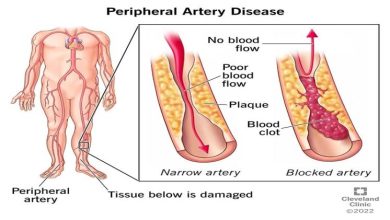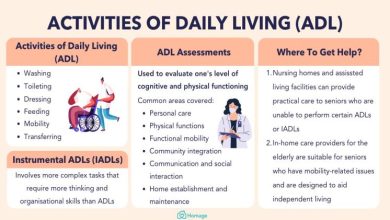Cataracts: Understanding the Clouding of Vision – Dr. Zuhal Butuner

Cataracts are a common eye condition that affects millions of people worldwide, particularly as they age. Characterized by the clouding of the eye’s natural lens, cataracts can significantly impact vision and quality of life. In this article, we explore the causes, symptoms, diagnosis, and treatment options for cataracts, shedding light on this prevalent eye condition and providing valuable information for those affected or seeking to learn more. Here is what experts like Dr. Zuhal Butuner have to say.
-
Understanding Cataracts
Cataracts occur when changes in the proteins within the lens of the eye cause it to become cloudy or opaque. This cloudiness prevents light from passing through the lens and reaching the retina, resulting in blurred or hazy vision. Cataracts can occur in one or both eyes and develop gradually over time. While age is a primary risk factor, other factors such as genetics, certain medical conditions, prolonged sun exposure, smoking, and certain medications can contribute to cataract formation.
-
Symptoms of Cataracts
The symptoms of cataracts may vary depending on the severity and location of the clouding. Common signs and symptoms include:
- Blurred or hazy vision: Objects may appear fuzzy or less sharp than usual, even with prescription glasses or contact lenses.
- Sensitivity to light: Bright lights, such as headlights or sunlight, may cause glare or discomfort.
- Poor night vision: Difficulty seeing clearly in low-light conditions, particularly while driving at night.
- Color vision changes: Colors may appear faded or have a yellowish or brownish tint.
- Double vision or multiple images: Images may appear duplicated or overlapped in one or both eyes.
- Frequent prescription changes: The need for frequent updates to eyeglass or contact lens prescriptions.
-
Diagnosis of Cataracts
Diagnosing cataracts typically involves a comprehensive eye examination by an ophthalmologist or optometrist. The eye care professional will review medical history, conduct a visual acuity test, and perform various tests to evaluate the clarity of the lens and assess the overall health of the eyes. These tests may include a slit-lamp examination, dilated eye examination, and measurement of intraocular pressure.
-
Treatment Options
While there is currently no proven way to prevent cataracts from forming or progressing, several treatment options are available to improve vision affected by cataracts:
- Prescription glasses or contact lenses: In the early stages of cataracts, updating eyeglass or contact lens prescriptions may help improve vision.
- Lighting and lifestyle adjustments: Optimal lighting conditions, including increased ambient light and reducing glare, can improve vision. Adjusting daily activities, such as using magnifying lenses for reading or driving during daylight hours, can also help manage symptoms.
- Surgical intervention: When cataracts significantly impair vision and interfere with daily activities, cataract surgery is typically recommended. During the procedure, the clouded lens is removed and replaced with an artificial intraocular lens (IOL). Cataract surgery is a safe and effective procedure that can restore clear vision in the majority of cases.
-
Recovery and Post-Operative Care
Cataract surgery is typically performed on an outpatient basis and does not require an extended hospital stay. After surgery, patients are usually given eye drops and instructed on post-operative care, including avoiding strenuous activities, protecting the eyes from irritants, and attending follow-up visits with the eye care professional. Recovery time varies, but most people experience improved vision within a few days to weeks following surgery.
-
Preventive Measures and Lifestyle Factors
While cataracts are a natural part of the aging process, some lifestyle factors may help reduce the risk or delay
the onset of cataracts:
- Protecting the eyes from ultraviolet (UV) radiation by wearing sunglasses that block UV rays.
- Avoiding smoking or quitting smoking, as smoking has been linked to an increased risk of cataracts.
- Eating a balanced diet rich in fruits and vegetables, which provide essential antioxidants that may help protect the eyes.
- Managing underlying health conditions, such as diabetes, to minimize the risk of developing cataracts.
Conclusion
Cataracts are a common eye condition that can significantly impact vision and quality of life. Understanding the causes, symptoms, diagnosis, and treatment options for cataracts is crucial for early detection and appropriate management. Regular eye examinations, lifestyle adjustments, and timely surgical intervention can help individuals affected by cataracts regain clear vision and improve their overall well-being. By staying informed and taking proactive steps, we can navigate the challenges posed by cataracts and continue to enjoy a vibrant and visually fulfilling life.




